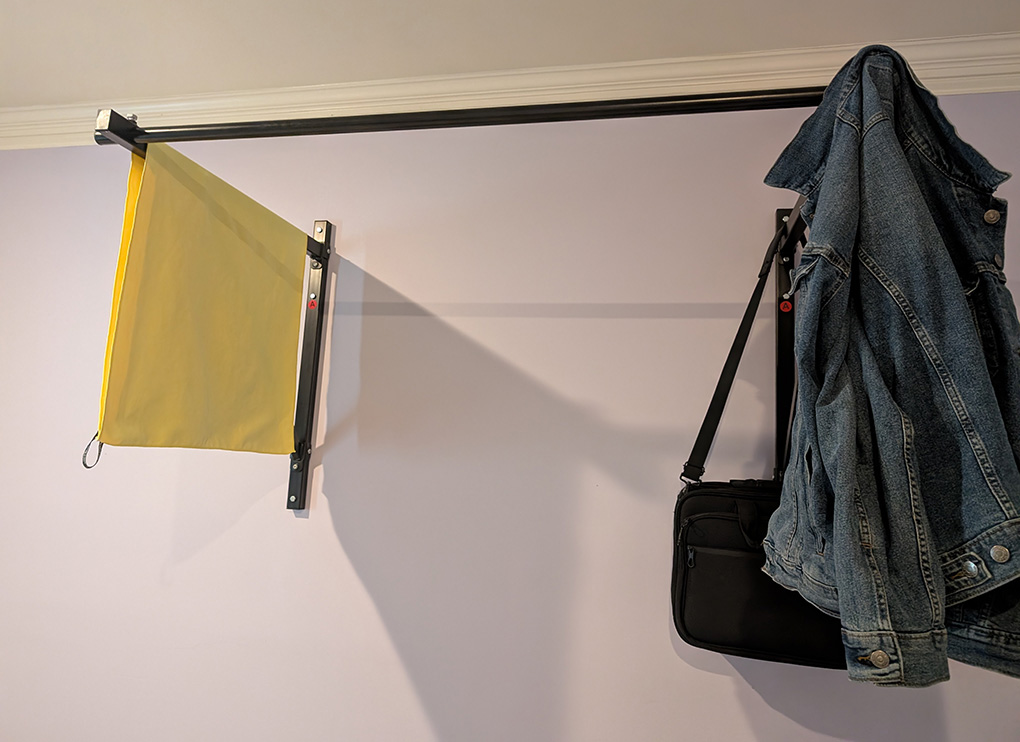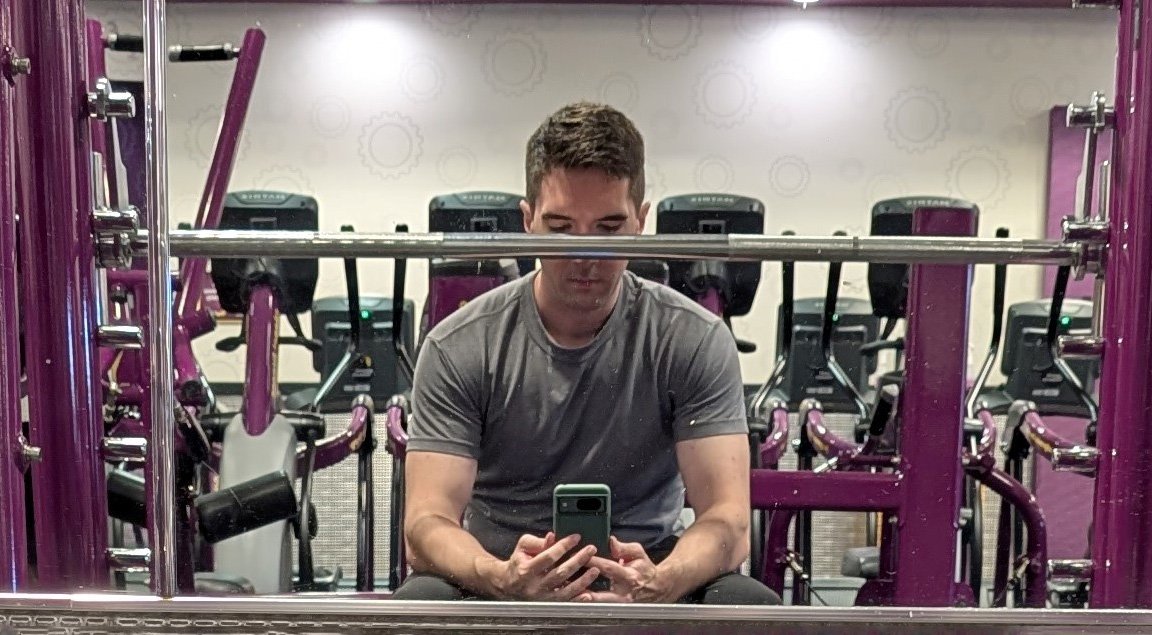That's all it takes. We have 112 hours in each week if we get a healthy amount of sleep. 3 hours is 2.7% of that time.
A few years ago I had a realization to compare exercise to brushing your teeth. Most people (I hope) brush their teeth religiously. Why? Because you can't really fix your teeth later if they decay. Exercise is the same way, you can't really fix your health later if complications arise. The saying goes that an ounce of prevention is worth a pound of cure.
So, 3 hours a week. A lot of people don't realize that's all it takes. They go on binges of exercise, hours upon hours, and then stop when results are not appearing quickly – they think it's too difficult to stay fit.
Maintaining good health does not take a lot of time – it requires consistency. That's really the key. Consistency. I decided to commit 3 hours a week for the rest of my life (vacations excluded) to maintain my health.
Take it from me, a person with an extreme sedentary lifestyle, sitting nearly the entire day, every day. 3 hours is all it takes.
After the first few months, I saw relatively rapid progress. I was already a healthy 180 pounds, but I still lost another 20 pounds easily without changing any eating habits (I eat pretty good though, so that's another thing to keep in mind). I spent 3 hours a week for a few months and saw all of my excess weight disappear without changing any other habit.
Strength came slowly. I could do zero pull-ups at the start, about one unassisted after some months, four after more months, and ten pull-ups after two years. I'm totally fine with the rate of progression here. It's slow but gradual progress. My goal is remaining healthy, and seeing progress like that over time is a clear indicator that I'm maintaining my health.
You don't need a gym membership either. I did not go to a gym for the first two years. Instead, I saved time by having a small home workout setup. It's not that expensive.
- Two 20-lbs dumbbells ($80)
- Two 10-lbs dumbbells ($46)
- Pull-up bar ($75) (requires installation)
- Resistance bands ($36)
- Exercise bike ($281)
The pull-up bar also doubles as a hanger, so that's nice.

My routine for the first two years was a 1-hour session three times a week (Mon, Wed, Fri) with legs and arms.
4 sets until failure, 2 mins rest between each, for each of:
- Legs: Goblet squats (+20lbs)
- Pull: Pull-ups or 20x2 lbs dumbbell rows (rows are especially helpful during early stages)
- Push: Push-ups or 20x2 lbs overhead dumbbell press
Plus 30 minutes of cardio on the bike with two breaks (3 mins each). The reps can be pretty high (and exhausting/boring) with low weight, but I personally say that it's better to not push yourself with heavier weights, especially when you start, given the risks of injury.
So, 1 hour sessions, that's it, I'd listen to a podcast like Hanselminutes during the session and be done in an hour. No trip to the gym, no overhead. That's the first step, just establishing a commitment.
Over time, you can explore other fitness interests, such as heavier weights, fun at the gym, etc., but I keep my mandatory baseline small, the same 1-hour commitment three times a week. I've found the gym to be more productive for intermediate development, but I still do many home workouts when I don't have the time or willpower to drive somewhere for exercise.
I have accepted that maintaining health is not optional. 3% of my time is such a small price to pay for a healthy lifestyle. A balanced diet is also important, and I've even had to increase how much I eat to compensate for the exercise, but nutrition is a topic outside of the scope here.
If you're new to a fitness journey, keep the baseline simple and keep consistent. You'll thank yourself in ten years.
